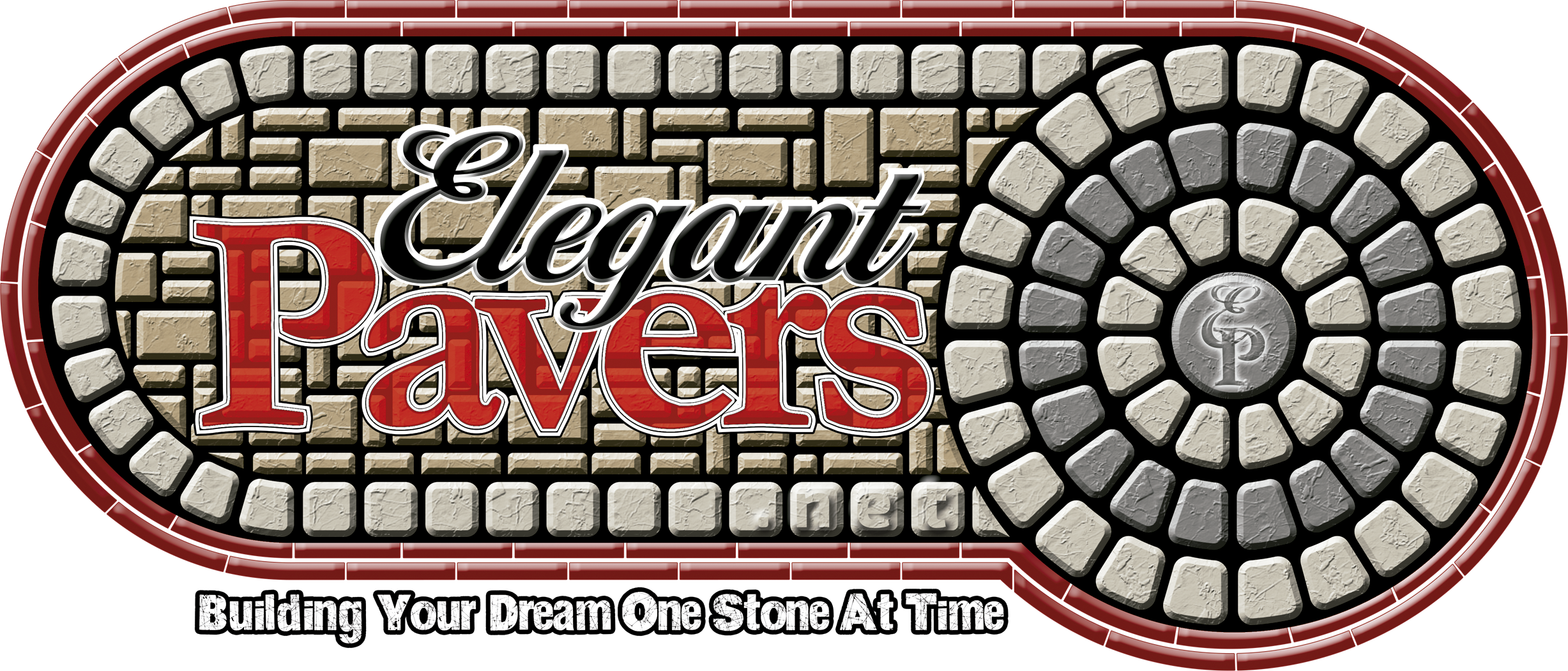

Installation and maintenance of the paverThe paving systems are placed in a bed of sand and the joints are stabilized with the use of sand particles. The sand not only stabilizes the interconnected cobblestones, but also allows them some flexibility and movement. This will inevitably avoid cracks due to heavy use or adverse weather conditions.
Pavers usually provide maximum performance for approximately 30 years, although some roads built 2,000 years ago during the Roman Empire are still in use today. This is significantly longer than concrete, which begins to form cracks between a few months and a few years after being installed correctly. The climate has little impact on the performance and longevity of the pavers, as the joints allow the cobbles to move slightly without the risk of damage during the freeze and thaw cycles, as well as the expansion during the warmer months.
Interlocking concrete pavers (also known as segmental pavers) have been used for thousands of years, but it wasn’t until the 1940s that concrete was used in their mass-production. This process began in the Netherlands, which is why pavers were (and sometimes still are) called Holland Stones. Because the country is below sea level, the ground shifts regularly creating an environment where flexible surfaces are a necessity. Prior to concrete, pavers were either made from stone or a type of clay product.
Concrete pavers are made from a very dry mix of gravel, sand, cement, and a coloring agent. The ingredients are moved with conveyor belts and placed into molds. A vibrating press compresses the concrete into the mold, causing the small amount of water within the mixture to set the cement.
Typically, the load strength of a surface produced from poured concrete is approximately 2,000 pounds per square inch. To meet industry standards, interlocking concrete pavers must withstand a minimum of 8,000 pounds per square inch – that’s at least four times stronger than a poured concrete surface – though they generally exceed this minimum requirement to a large degree. To see an interesting video of concrete pavers being manufactured.
Installing and maintaining the paver: Since some pavers may need to be replaced along the way, it is sometimes helpful to place some pavers in an area near your paver installation to wear and age with the other pavers. So, if you need to replace a paver in your installation, you have one there.
Planning and Layout:
Planning your paved area is your first step. The patio or driveway must be allocated the correct amount of floor space. Decide where your pavers will go and if there is enough space for them. Your plan can be drawn out and measured onto graph paper. Now you are ready to layout your plan. Using a hose or some wood, form the outline of your paved area. Then mark or spray paint your outline, approximately eight inches outside that outline.
Also remember to consider that the area needs to have gradient or slope, so as water can runoff the pavers to prevent pooling, which could damage the pavement over the long term.
Calculating Amount of Pavers Needed:
First, measure the width and the length of the area to be paved. Then you multiply the width and the length together, which will give you the area to be paved, either in square meters or square feet.
Now you should always add 5% to this figure, this is to cover the pavers that will be cut to fit curves and odd spaces. If you feel that you will be cutting a lot of pavers, you should add 10%.
You will now know how many square feet of pavers you need to complete your area.
Excavation:
Paver Installation the height that the pavers should reach and not exceed.
Remember: the slab should slope downwards away from the house, to allow water drainage. Every 4 feet, you should go down one inch.
Calculate the total depth of excavation needed. Do this by adding together the inches required for the base, the sand bedding and the pavers thickness. This will give you the total depth at which you should excavate.
Now you can dig out to this depth, and afterwards compact the ground with a compacting machine.
Base Material:
Once the excavation is complete, the next step is the laying of the base material.
Paver Installation The base material usually consists of crushed stones, such as; limestone or gravel. The crushed stone should have varying sized stones and sharp edges. This is important when compacting the base material, the sharp edges and size variance makes for easy compaction. It is also recommended to use crushed stone that has a little moisture in it, for it will compact together much easier.
The base material should be laid in a thickness, depending upon your sub-base material. If your sub-base is soft clay, then a thicker layer will be required. Just so your base is strong and will make a good foundation.
Now spread the crushed stone over the area in an even layer. It is suggested that you divide it into three smaller layers, and compact in between each layer, for best results. Once its spread evenly, use a compacting machine, to go over the area several times, in a circular motion.